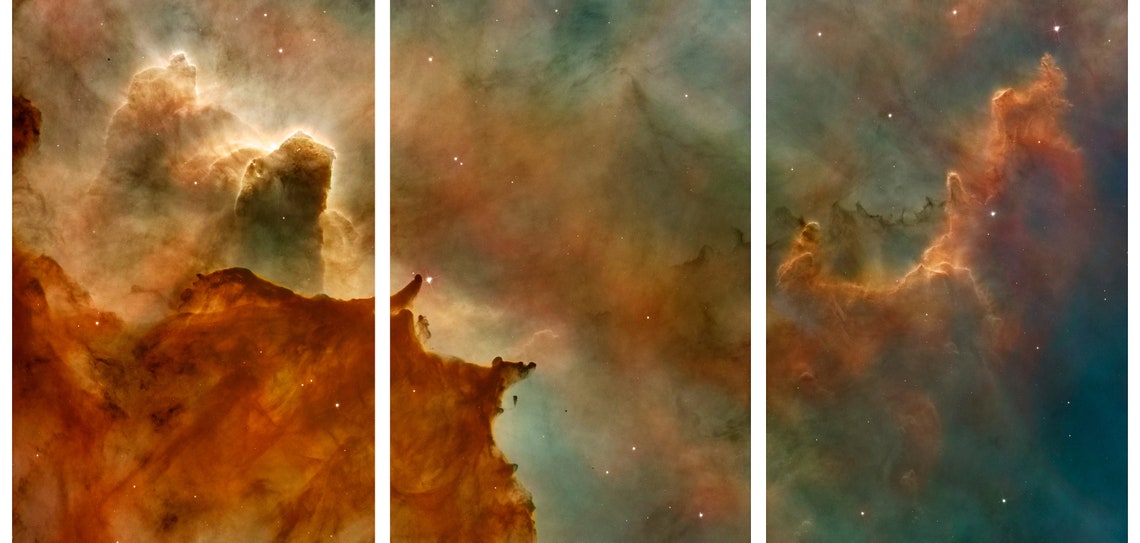

Another few are highly variable stars listed in Yale at their brightest magnitude, even though this magnitude is atypical. Most of these are the second members of double or multiple stars that are represented in HIP2 as a single entry, and their omission has no visible effect on the star map. Of the 9096 stars in Yale, about one hundred have no matching Henry Draper ID in HIP2. To check HIP2's completeness, it was compared with the Yale Bright Star Catalog by matching positions, by using the XHIP cross-reference catalog, and by consulting the SIMBAD database. Most 3D animation and HDR image processing software can read OpenEXR.Ĭatalog CompletenessHipparcos-2 provided the data for stars brighter than magnitude 8.0. The star maps are in OpenEXR's half-float format, which provides higher dynamic range in a linear colorspace while easily accommodating very large files. The boundary, figure, and grid images are conventional grayscale TIFF files. The new images use the transformation described in the Hipparcos and Gaia documentation.

The original images used ICRF/J2000 coordinates in a galactic coordinate transformation meant for B1950. Update: The galactic images were replaced on January 4, 2021. It also works as a standalone image showing the edge-on view of our home galaxy, from the inside. The galactic coordinate mapping is probably better for 2D animation and compositing. The celestial coordinate mapping will be the more useful one for 3D animation, since camera rotations in the software will correspond in a straightforward way to the right ascension and declination in astronomy references. The distortion of the stars in those parts of the map is just an effect of the projection. The oval shapes near the top and bottom of the star maps are not galaxies. They are designed for spherical mapping in animation software. The maps are presented in plate carrée projections using either celestial (ICRF/J2000 geocentric right ascension and declination) or galactic coordinates. The constellation figures also come from the IAU, although they're not official. The constellation boundaries are those established by the International Astronomical Union in 1930. This set of star maps was created by plotting the position, brightness, and color of 1.7 billion stars from the Hipparcos-2, Tycho-2, and Gaia Data Release 2 star catalogs, with help from the Yale Bright Star Catalog, UCAC3, and the XHIP Hipparcos cross-reference.


 0 kommentar(er)
0 kommentar(er)
